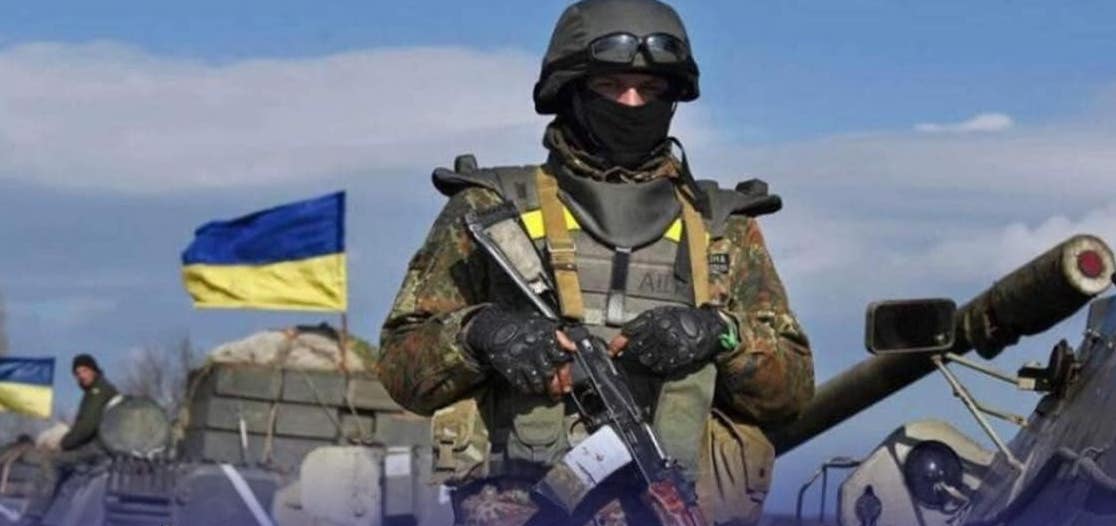The Facebook posts on Ukraine’s Department of Defence’s page are incessant: operational updates about where the fighting is intensifying, information on humanitarian corridors, reports on Ukrainian victories, reproductions of press conferences, social-media style videos, reports of Russian atrocities, calls for international support … they are profuse and various.
The constant stream of posts is one way the Ukrainian defence is countering possible misinformation attacks from Russia. According to Darina Rebro, a journalist in Kyiv and contributor to the European Conservative, they fear a Russian plot to interrupt news flow with deceitful messaging designed to convince Ukrainians that the government has surrendered. The constant stream of social media announcements through official Ukrainian channels not only keeps morale up but acts as a shield from Russian misinformation.
Ukrainians have also harnessed the power of social media to go on the offensive. International media have broadcast several images and interviews exposing the demoralised state of Russian troops. WhatsApp messages from a Russian soldier to his mother shortly before his death went viral after they were published by the Ukrainian Ministry of Defence. In the exchange, the Russian told his mother he had been deceived by the government. They were not in Ukraine to practise military manoeuvres as they had been told but rather to fight a war of aggression with orders to shoot at civilians.
This is just one of hundreds, if not thousands, of information war strikes Ukraine has made trying to reach the heart of Russia. Rebro has seen numerous videos on the social media platform Telegram.
“Our army forces them to speak on camera to say hello to their moms,” Rebro said of captured Russian soldiers. “And all these videos get uploaded to telegram channels, like Deep State and other telegram channels.”
In the videos, Russians say their name, rank, military group, and hometown. Then they state that they are in Ukraine and ask for the war to end.
“And they say things like: Hello, mom. We thought we were going to military training. But here we are in Ukraine. Mom, there is real war going on here. We didn’t expect it. Ukrainians are telling us to go home. We need to respect Ukraine today. It’s their nation. Please Mom, speak to President Putin, so he lets me go home,” Rebro said, recalling the videos she has seen.
Using similar tactics as the war broke out, the hacker collective, Anonymous, also broke into the Russian Ministry of Defence and published the contact information of the ministry’s personnel with the intent that Russians and Ukrainians could call them and ask for an end to the war. They have also reportedly hacked Russian television and streaming services to broadcast footage from the war and other anti-war messages.
Telegram has been the principal weapon in the cyber-information guerrilla war. The relatively new social media platform has the advantage of a hybrid function. Like the original social media platforms Facebook and Twitter, users can follow profiles of individuals, companies, interest communities, and news outlets. This allows politicians such as Ukrainian President Volodymyr Zelensky to rally his nation via social media and for Russians to access foreign news. At the same time, it has a function for secure one-on-one messaging and group chats for up to 200,000 people. Since the start of the invasion, Ukrainian civilians have used it to inform both each other and their military of Russian troop movements and other conditions on the ground.
In the first days of the invasion, the Ukrainian government organised a cyber-militia through the platform. Material recorded on Telegram will likely also play a role in the case Ukraine is building against Russia for war crimes.






